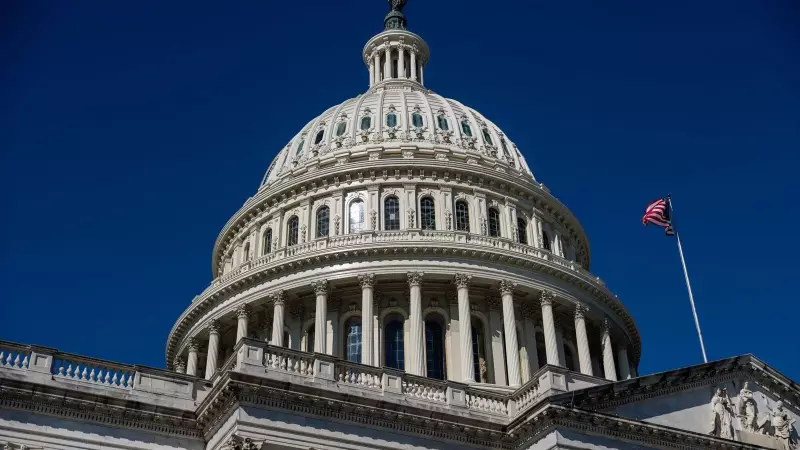
The ongoing US government shutdown has raised serious concerns about the continuity of essential welfare programs, particularly the Supplemental Nutrition Assistance Program (SNAP), commonly known as food stamps. With millions of American families depending on these benefits for their daily meals, the political stalemate in Washington could have real consequences for household food security.
What Happens to SNAP Payments During a Shutdown?
The United States Department of Agriculture (USDA) has revealed its contingency plans for SNAP benefits if the government shutdown extends beyond current limitations. According to official statements, the program has some temporary protection, but the safety net has expiration dates.
Immediate Impact: January Benefits Are Secure
Good news for SNAP recipients: benefits for January 2024 have already been distributed and will not be affected by the current shutdown situation. This provides temporary relief for the approximately 42 million Americans who rely on the program.
The February Deadline: When Trouble Could Begin
The real test comes if the shutdown continues into February. The USDA has indicated it has limited resources to fund SNAP benefits beyond January. Without a resolution in Washington, February payments could be at risk, creating potential food insecurity for vulnerable populations including children, elderly citizens, and low-income families.
How States Are Preparing for the Worst
State agencies that administer SNAP benefits are closely monitoring the situation. Many are developing their own contingency plans, though options are limited without federal funding. The uncertainty has created administrative challenges for state welfare departments that depend on federal resources to operate the program.
Which Groups Would Be Most Affected?
- Low-income families with children: SNAP helps feed approximately 12 million children nationwide
- Senior citizens: Over 5 million elderly Americans depend on food stamps
- People with disabilities: Many disabled individuals rely on SNAP for nutritional support
- Working poor families: The program supports low-wage workers struggling to make ends meet
The Bigger Picture: Other Nutrition Programs at Risk
While SNAP receives most attention, other critical nutrition programs face similar uncertainties:
- WIC (Women, Infants, and Children): Provides nutritional support for pregnant women, new mothers, and young children
- School lunch programs: Could face disruptions if funding lapses
- Food distribution programs: Support for food banks and emergency feeding organizations
What Recipients Should Do Now
Experts recommend that SNAP recipients:
- Monitor official communications from state SNAP agencies
- Budget January benefits carefully in case of February disruptions
- Explore local food bank resources as backup options
- Contact local representatives to voice concerns about program continuity
The situation remains fluid, with both political and practical implications for one of America's most crucial social safety net programs. As negotiations continue in Congress, millions of Americans await clarity on whether their food assistance will continue uninterrupted.





